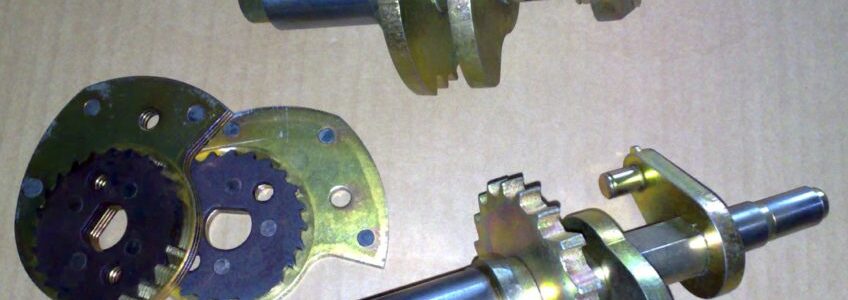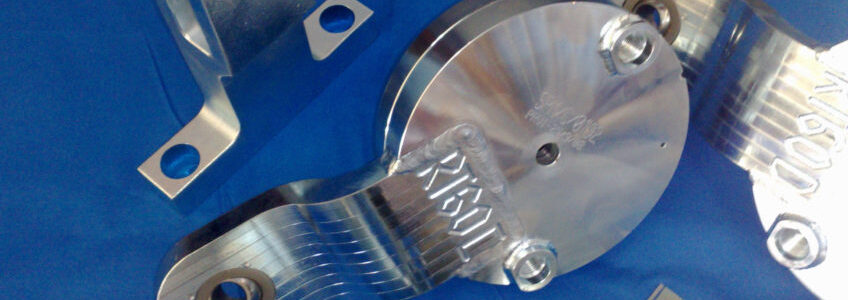Mould tooling is a vital aspect of plastic manufacturing, and while the initial cost of producing the tool can be substantial, the economies of scale make it worth the investment. However, it’s still essential to avoid unnecessary expenses during the design for manufacturing (DFM) process. In this article, we take a closer look at some of PRV Engineering’s top tips for saving money on mould tooling.
There are many methods employed in Tool Making, ranging from the traditional processes to the more modern methods using CAD designs and CNC machining. It goes without saying, that the technique employed depends upon the quality, precision and quantity of tools required.
With improved machining technologies and design capabilities, it has become easier to produce high performance precision manufactured tools. However, designing and making these tools requires a great deal of planning, high performance equipment, technical know-how and of course, skill.
So, what should you take into consideration when searching for a good tool making service?
New milling technology, that advances the traditional milling capability, has recently been announced. It comes courtesy of a new advancement from Vero UK in their Edgecam software range, and has been christened “Waveform Roughing Strategy”.
The New Milling Technology Deserves a few Plaudits
It’s a rare event when something new comes along in the engineering world, so this new milling technology deserves a few plaudits. Edgecam software is cutting edge stuff, if you’ll excuse the play on words. These software programs are specifically targeted at the high precision machining sector within the engineering industry. It’s state of the art CAM/CAD application which takes advanced tool-path engineering and seamlessly melds it with CAD output. The growing library of Edgecam software packages is intent on improving productivity through the manufacturing cycle.
New Rapid Prototyping Development will Cut Costs and Lead Times
A new rapid prototyping development has been announced that could make the so called “rapid prototyping” process even faster. The new methodology revolves around making prototypes using vacuum forming technology. Vacuum forming is a way of thermoforming plastic. It involves manufacturing a tool, around which a heated sheet of plastic is draped. A vacuum is then created between the mould tool and the draped, preheated plastic. This vacuum sucks the heated plastic forcibly onto the tool, and holds in place whilst it is rapidly cooled by engaging the fans built into the vacuum forming machine. As it cools, the plastic conforms to the exact shape of the mould tool.
Having the Right Tools for the Job
Having the right tools for the job is crucial. It doesn’t actually matter what the job is. It might be carpentry – imagine trying to craft a mortise and tenon joint with a mallet and a screwdriver! Or how about trying to deburr a piece of metal with a sheet of fine sandpaper? Either way, at best you might eventually get the job done, but the time and effort would be disproportionate, and the end result would be below par.
The Benefits of Having the Right Tools
Having the right tools for the job makes all the difference in several ways:
• It means you will get the right finish and quality
• It means that the operational time will be minimised
• It means that the price of the finished component will be right
I’m sure you’ll agree that the development of Computer Numeric Control or CNC Machining has revolutionised the manufacturing industry.Whether it is a small manufacturing unit or a large global company, CNC machines find applications in almost all types of industries (even at home with DIY Machinists). That’s because when it comes to producing complex parts in metal, or any other material, these computer controlled machine tools are ideal because of their high levels of accuracy, precision and speed.However the main advantage of CNC machining are the reduced production costs across the entire manufacturing process.
Tool making forms a very important aspect of the manufacturing industry. From designing complex tools to precision engineered machine parts, tool making finds use in a wide range of manufacturing and engineering applications. With improved machining technologies and design capabilities, today it has become easier to produce high performance precision manufactured tools. However, when it comes to choosing a good tool making provider, it can be quite difficult with so many outfits claiming to provide unmatched services. Designing and making precision tools requires a lot of planning, high performance equipment, technical know-how and skill. In this post we will take a look at what things you should look out for when choosing the right tool making service.







Recent Comments